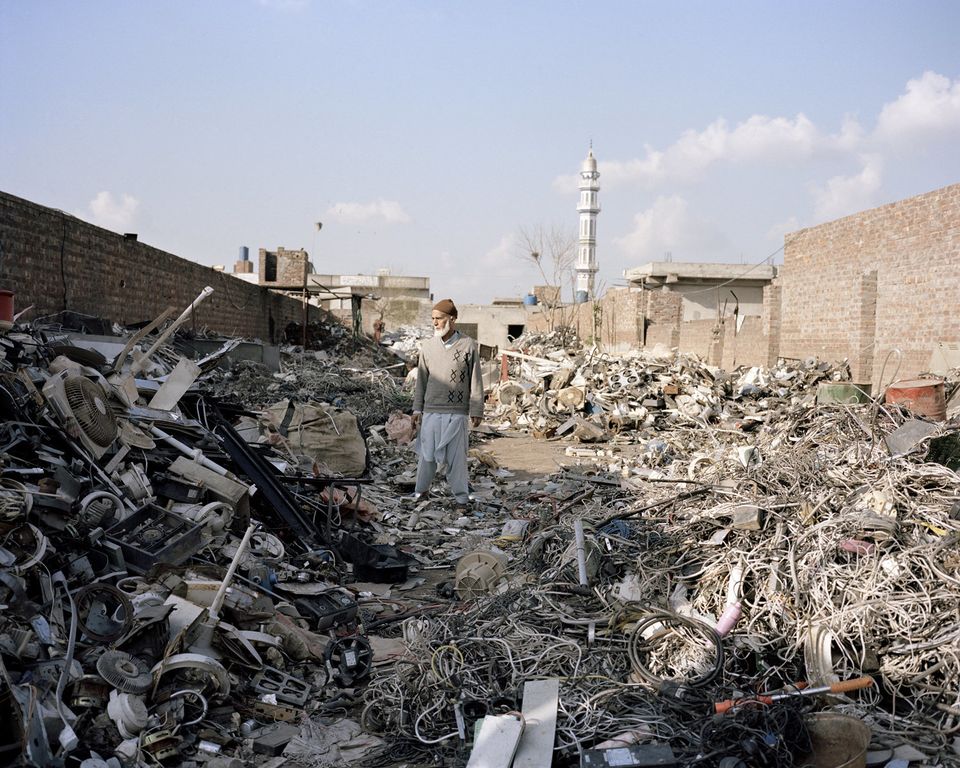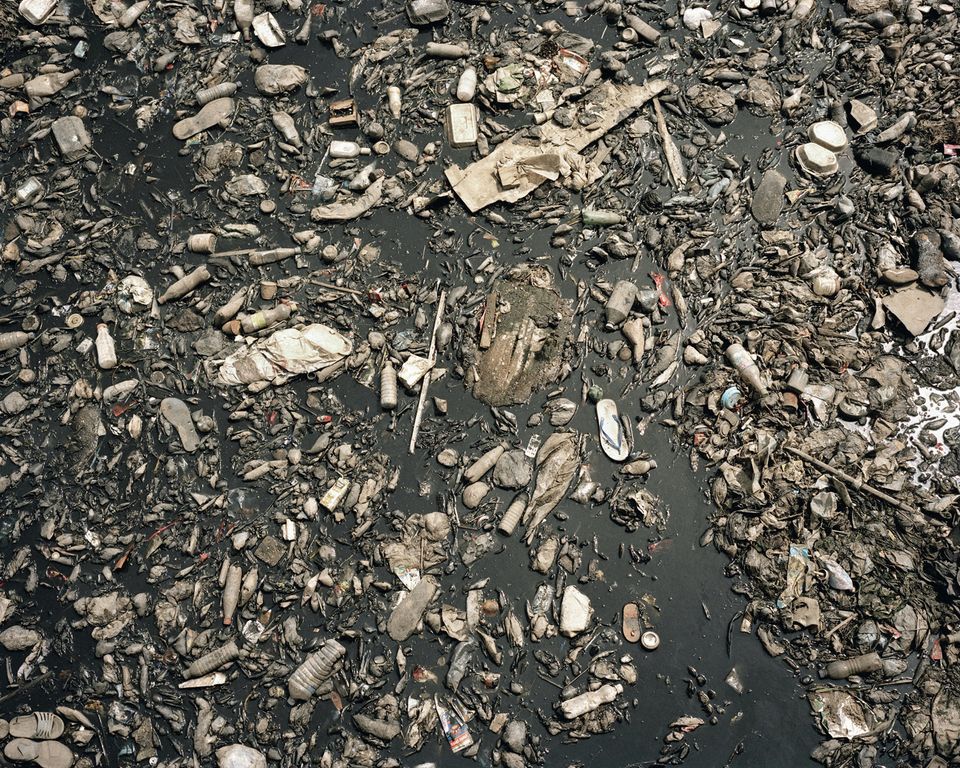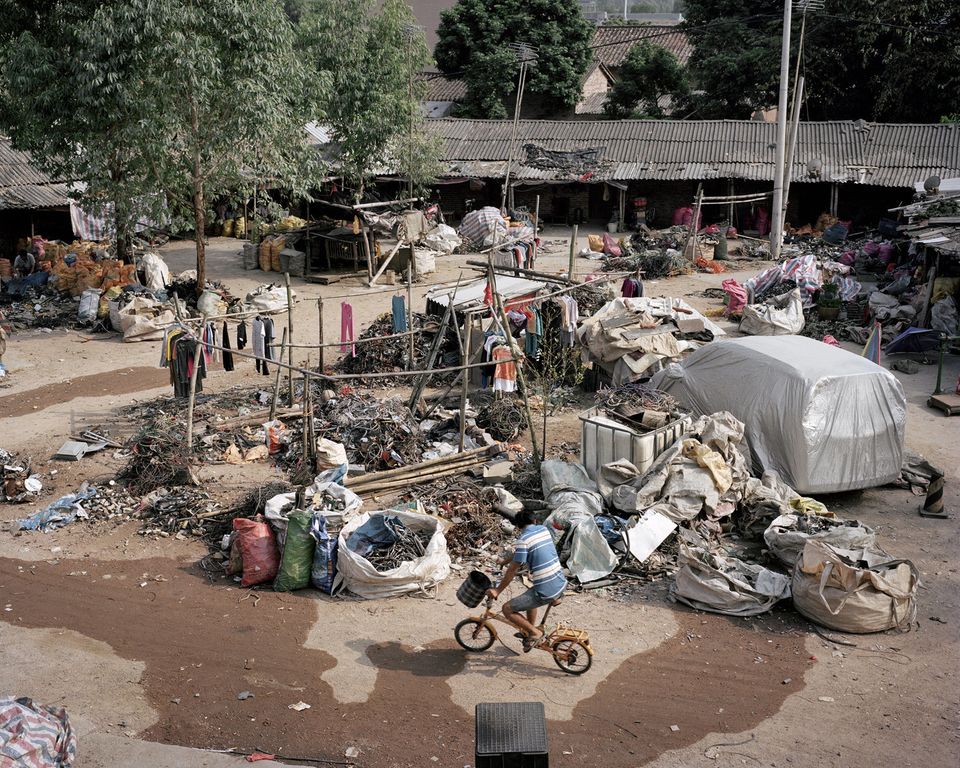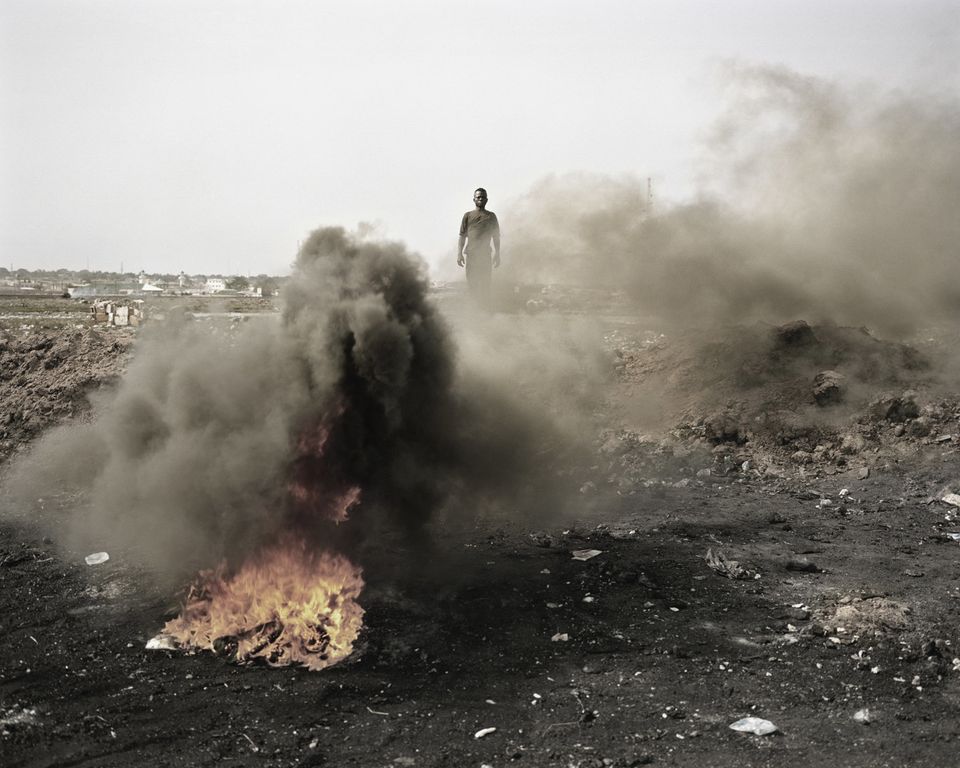Your iPhone isn't biodegradable.
Of course, you know that. But what you might not understand is the massive problem that electronic waste represents for our planet. A recent report from United Nations University in Japan declared that about 46 million tons of e-waste -- discarded phones, computer screens, lamps, microwaves and so on -- were produced in 2014 alone. That amount is only expected to rise in the coming years.
Many of these devices have toxic components. A lot of them could be recycled -- but aren't. Instead, they're shipped to developing countries -- sometimes illegally -- where they end up in landfills, waterways or public spaces.
Since 2013, the jarring photographs of the BIT ROT Project have shined a light on the human price of electronic waste, showing civilians digging through potentially dangerous heaps or struggling to dispose the materials themselves.
"If people would be more conscious about where their electronic trash would finish and in which way they are affecting others, poorest peoples' lives, I think they would act more carefully," photographer Valentino Bellini told The Huffington Post via email.
Take a look at the selections below to see the reality for yourself. For more photographs and information, visit the BIT ROT Project.





H/T Business Insider